What You Didn’t Know About Hamstring Training…
Hamstring training is often under-prioritised in people’s programming with more of a focus placed on the quads and glutes; which is crazy considering how important hamstrings are for both athletic performance, aesthetics and everyday, pain-free movement!
What are the hamstring muscles?
The hamstrings are the group of muscles at the back of the thigh which are responsible for flexion and rotation of the knee joint and extension and rotation of the hip joint.
The hamstings consist of three muscles: the Biceps Femoris, which has a long and a short head so that it attaches from behind the knee to the thigh and to the hip; the Semimembranosus, which connects the pelvis to the shin; and the Semitendinosus muscles which also connects from the pelvis to the tibia and is the longest of the three hamstring muscles, it is predominately made of fast twitch muscle fibres that provide powerful forces for short periods of time.
Here are our top tips for hamstring training:
1. Hamstring Curls should be done with low reps and early on in your workout.
– The hamstring, when working as a knee flexor (leg curl movement), is predominantly a fast twitch muscle meaning that any strength and hypertrophy benefits are lost beyond a certain time under tension. Reps should therefore be kept to a maximum of eight per set, unless for rehab purposes, and the movement should be performed early on in the workout before they are fatigued.
2. Save hip extension hamstring exercises for later in your workout.
– Hip extension exercises, such as Romanian deadlifts or good mornings, work the hamstrings hard but are more slow twitch movements. It therefore doesn’t matter if these exercises are left until later in your workout.
3. Work the hamstrings through both hip extension and knee flexion.
– Ensure your programming incorporates both hip extension exercise and knee flexion exercises to build strength, balance and stability to the muscles.
4. Use eccentric hamstring work at some point in your training.
– Eccentric training, where the lowering of the weight is slowed down, is proven to be the most effective way to build muscle. The Nordic Hamstring Curl is an excellent hamstring exercises which focuses on eccentric loading, training the fast twitch fibres in the hamstring. Programmme it in for around four weeks every three months or so.
Final Notes:
It’s important to remember that whilst the big compound movements (Squats, Lunges and Deadlifts) work the hamstrings hard; to maximise your strength and size, you need to think intelligently about your training. Follow these tips and watch as your hamstrings come on leaps and bounds!
Check out our other articles here:
Seated Good Mornings
Glute-Ham Raise Exercise
Why Women Should Do Calf Training

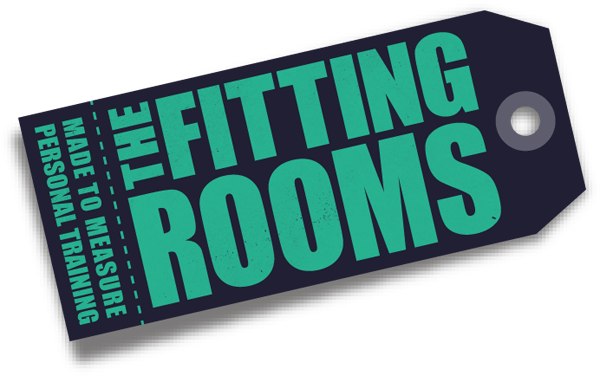

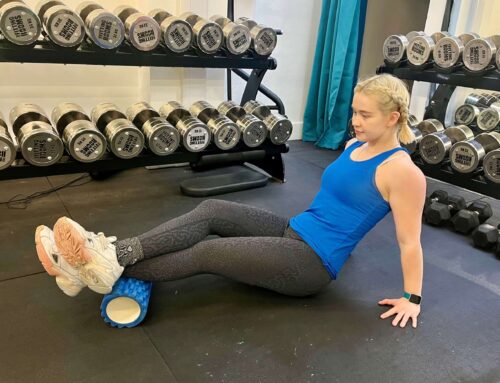
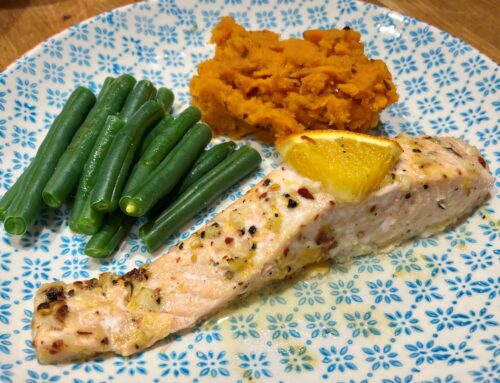
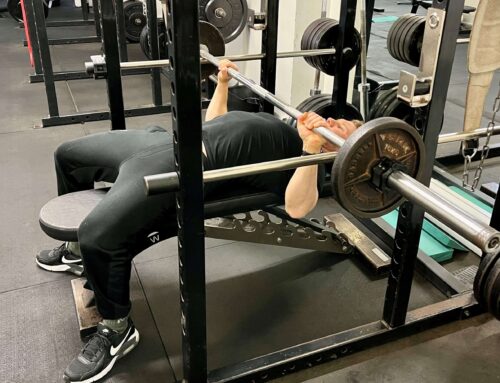

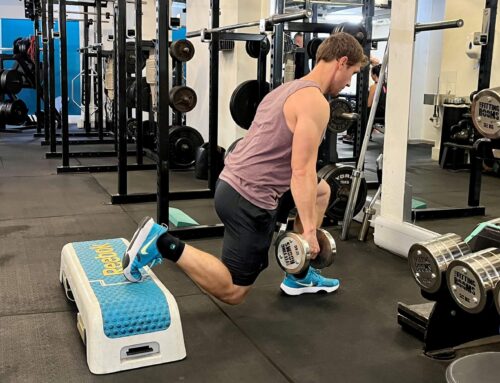
Leave A Comment